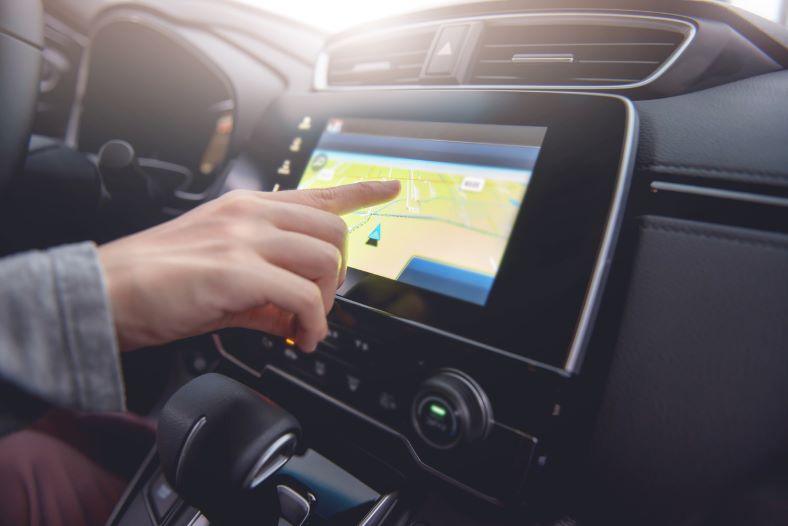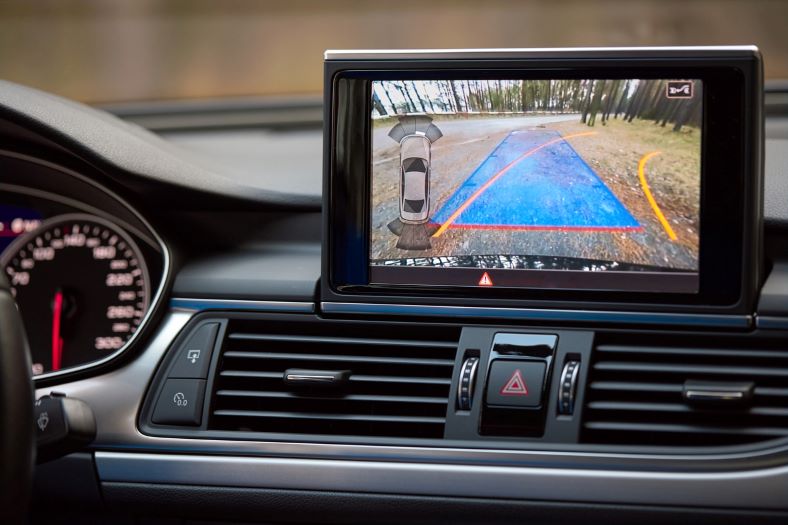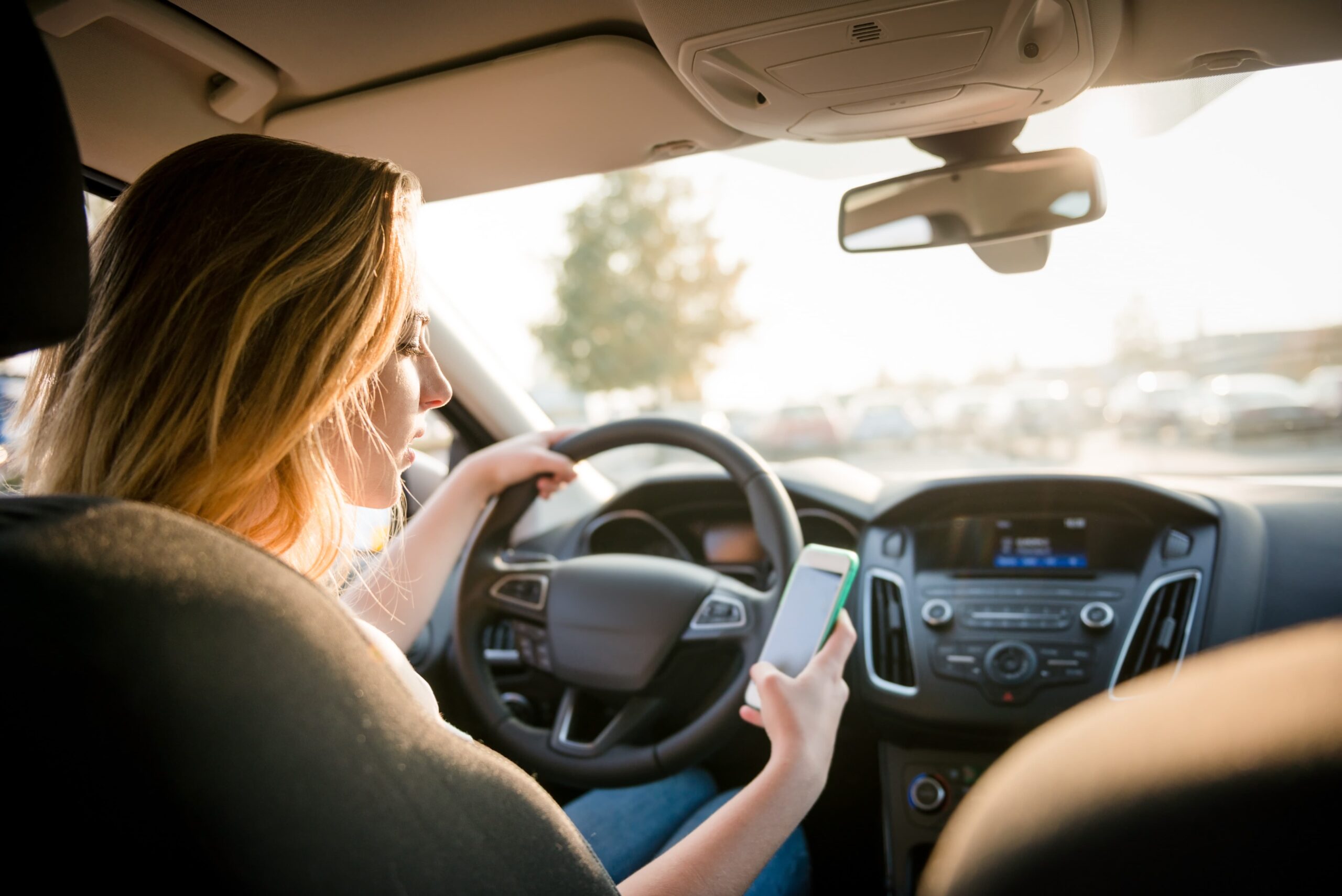22 Best Car Safety Features of 2022
If you’re researching your next vehicle, you’ll quickly learn that many new models are equipped with the best safety features and latest technology to keep drivers safe. Although all vehicles come standard with some safety features, including front airbags, safety belts, anti-lock brake systems (ABS), and other passive safety features, many new models are taking safety to a new level.
From our car accident lawyer team, here are our 22 top vehicle safety features in 2022.

1. Telematics/911 Calling/Emergency Services
When a crash occurs, you may need emergency help right away. Many 2022 vehicle models offer a feature that automatically connects to emergency services when a collision occurs. The feature may save valuable minutes in summoning life-saving assistance to the accident scene.
2. Seat Belt Tug
Seat belt safety technology can help ensure a proper fit for the person using the seatbelt. To be effective, a seatbelt needs to be the right size. Automatic tensioning technology can give your seatbelt a tug to ensure that it’s just the right length for optimal safety.
3. In-Car Navigation Systems
First, we had to stop and ask for directions. Then, we printed directions from MapQuest. Next, we graduated to add-on navigation systems and then to having navigation on our phones.
Today, many vehicles have their own in-car navigation systems. You can put an address directly into your “nav” to receive real-time directions on your vehicle display well before you even touch your turn signal.
4. Fatigue Monitoring
Sometimes, a driver needs a little encouragement to take a break. Driving fatigue systems1 monitor and track when a driver may need to rest. Some systems can even recommend places to stop.
A few factors affect when a driver fatigue monitoring system recommends a break, including:
- The length of the trip
- Steering function
- The time of day
5. Phone Pairing/Bluetooth/Hands-Free
Pairing your phone to your vehicle allows you to perform several functions through your vehicle, hands-free. Voice-activated calling enables you to make a call or send a voice text without having to push buttons on your phone. You can access your apps and safely enjoy your phone’s features using hands-free safety technology.
6. Stability Control
Vehicle skidding and rollover accidents are significant causes of physical injury on the roads. New technology aims to address that by helping drivers stabilize their vehicles.
Stability control uses computer sensors to help a vehicle react in the most efficient way to sudden jerking of the steering wheel and other signs of vehicle instability. Tire maintenance is vital to the effective use of the stability control system.
7. Drive Modes
When you’re driving on sand or snow, it changes the way your vehicle performs. Drive modes2 that are available in 2022 vehicles adjust traction and other settings to help your vehicle drive more safely in any environment.
8. Speed Display/Heads Up Display
One of the leading causes of traffic accidents is speeding. A driver may not remember the speed limit, and looking on the side of the road for speed limit signs may be distracting. Using traffic sign recognition, many 2022 models come with a feature that displays the speed limit on the windshield where the driver can easily see it.
9. Automatic Lock and Unlock
Not all vehicle safety involves driving the car. Today’s key fobs allow for automatic unlocking when a person simply approaches the vehicle with the key in hand. The vehicle may also lock right away when the person walks away with the key.
10. Tracker/Theft Locators
Stolen vehicle recovery systems3 allow owners and law enforcement to track their vehicle in the event that it is stolen. Theft protection can make it a lot easier to track a car down and recover the vehicle.
11. Backup Cameras
A rear-view camera contributes to driver safety in a few respects. It can help a driver ensure they have a clear path to move their vehicle backward with pedestrian detection, rear cross-traffic collision warnings, and blind spot warnings. In addition, guiding lines can help drivers understand what direction their car is traveling, making their movement more efficient.
12. Automatic Brights
Bright lights serve a valuable function. When it’s appropriate, you need them on as quickly as possible. Automatic high beams sense when there are no vehicles in front of you. The safety feature can quickly turn your bright lights on and turn them off when a vehicle approaches.
13. Cruise Control That Adapts to Speed
Cruise control allows drivers to operate more efficiently. They can focus on staying within their lane and looking for hazards while the vehicle automatically maintains its speed.
With new safety technology, cruise control can sense a slower-moving vehicle and adjust. Adaptive cruise control4 systems help a driver ensure a safe following distance and account for other vehicles on the road.
14. Lane Monitoring Technology
Just as crumple zones changed the vehicle safety game by managing and dispersing crash energy, lane monitoring technology has the potential to exponentially protect drivers and passengers from collisions.
Lane-monitoring technology5, such as Lane Keeping Assist, can detect a departure from the path of travel. There are a few different systems. The driver may receive a lane departure warning, or the system may gently move the driver back to the appropriate lane of travel—ultimately avoiding a potentially fatal accident.
15. Evasive Steering/Steering Assistance
Evasive steering can step in when a vehicle is about to collide with another car or other objects in its path. Sensors can detect the danger and cause the vehicle to maneuver to prevent or lessen the consequences of a crash.
16. Blind Spot Monitoring
The blind spot continues to be a danger when changing lanes. Vehicle manufacturers have responded to the problem by creating blind-spot monitoring systems. A flash may appear on the rear-view mirror, informing the driver that changing lanes is unsafe.
17. Tire Monitoring
Low tire pressure hurts safety in many ways. When tire pressure is low, the vehicle isn’t as responsive to steering and braking action. It may not be possible to make a sudden move to avoid a collision. Poor tire inflation6 also negatively impacts fuel economy. Tire monitoring safety technology helps drivers keep their tire inflation at safe levels.
18. Automatic Parking
Although fender benders may be less likely to produce severe injuries than a high-speed crash, even minor parking accidents can do damage. Automatic parking is an innovative vehicle safety technology that can help.
Sensors measure the size of the parking space and then maneuver the vehicle as necessary to safely park. Activating automatic parking allows the vehicle to complete these steps and park without driver action.
19. One-Pedal Drive
One-pedal driving7 causes a vehicle to brake automatically as soon as the driver lifts on the gas. The driver does not have to apply the brakes manually—the car begins to decelerate on its own. Not only is one-pedal drive easier on the brakes, but it saves the fractions of a second that can make all the difference when it comes to passenger safety.
20. Downhill Cruise Control/Hill Descent Control
It can be hard to maintain a safe speed while driving downhill. Safety features in 2022 vehicles address the problem by using cruise control to navigate driving downhill at a safe speed. Once the driver activates the feature, the vehicle controls the speed while navigating the hill. Hill descent control8 is a standard or available add-on feature on many 2022 makes and models.
21. Forward Collision Warning
Although this safety feature has been available for some time, it’s still worth including because of the difference it makes to driver safety. Collision warning uses radars and cameras to detect objects in the path of a moving vehicle and warns a driver if a forward collision is imminent. Some warning systems will also activate automatic emergency braking to stop the vehicle before a crash occurs.
22. Automatic Emergency Braking
This safety system will automatically apply the brakes to help avoid an accident or reduce the severity of the collision. There are two types of automatic emergency braking available, including city automatic emergency braking (CAEB) and high-speed automatic emergency braking (HAEB).
Are the Latest Safety Features and Technology Worth It?
Should you trade in your old car to get the latest safety features? According to an article published by Forbes9 that includes research by LexisNexis Risk Solutions, vehicles with advanced driver assistance systems (ADAS) showed a 27% reduction in claims of bodily injury and 19% reduction in property damage.
The article also includes predictions by MarketsandMarkets saying the global demand for ADAS will increase by 12% each year, with 2030 reaching $83 billion. This indicates that more semi-autonomous features and technology are expected to improve safety on the roads.
For more information on the safest cars on the road today, check out the Insurance Institute for Highway Safety (IIHS) top safety picks10, including several models by Suburu, Honda, Toyota, Ford, and more.
Attorneys for Accidents Involving Motor Vehicle Safety Technology
As Colorado car accident lawyers, we represent victims who deserve financial compensation when they’re hurt in a crash. We can help you investigate if motor vehicle safety technology failures played a role in your accident and how you can recover for your damages. Contact us today for a free case evaluation.
Sources:
1Bosch Mobility Solutions. Driver drowsiness detection. Retrieved 12 February 2022.
4Hearst Auto Research. What Is Adaptive Cruise Control? Car and Driver. Retrieved 12 February 2022.
5Choksey, Jessica Shea. (17 May 2021). Lane Departure vs. Lane Keeping vs. Lane Centering Tech. J.D. Power. Retrieved 12 February 2022.
6AAA Automative. The Importance of Proper Tire Inflation. Retrieved 12 February 2022.
7Ford. What is One-Pedal Driving in the Ford® Mustang Mach-E? Retrieved 12 February 2022.
8Brady, Duncan. (28 July 2020). What Is Hill Descent Control? How This “Downhill Cruise Control” Works. MotorTrend. Retrieved 12 February 2022.
9Elliott, Christopher. (2 September 2020). Are Vehicle Safety Features Actually Reducing Car Accidents? Forbes. Retrieved 12 February 2022.
10Insurance Institute for Highway Safety (IIHS). 2021 Top Safety Picks. Retrieved 12 February 2022.








